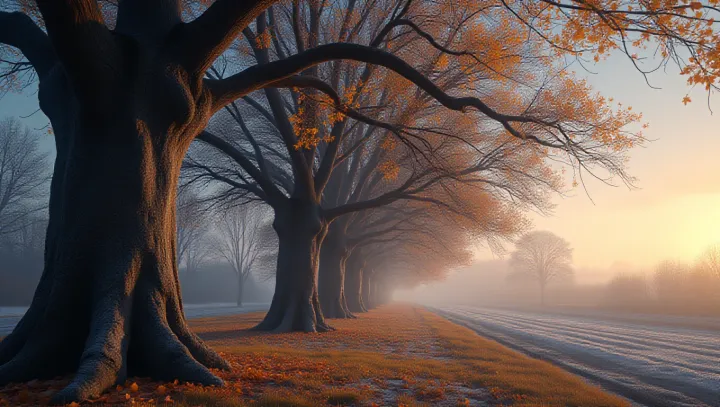Why Leaves Fall: A Seasonal Mystery

In the sprawling forests of Vermont, an annual transformation takes place that mystifies and enchants observers: the vibrant tapestry of foliage fades, and leaves cascade gently to the ground. This seasonal shedding serves a crucial purpose, optimizing the survival of deciduous trees in winter's frigid grip. The primary reason trees lose their leaves is a biological imperative.
This process, known as abscission, allows trees to conserve water and minimize energy expenditure during periods when water absorption is limited and photosynthetic activity slows. By shedding leaves, trees reduce the risk of branch breakage under the weight of snow and prevent water loss through leaf surfaces. Not all trees heed the call of winter to shed their adornments.
Evergreens, such as spruces and pines, possess needle-like leaves that are adept at withstanding cold and dryness, retaining them throughout the winter. The dichotomy between deciduous and evergreen species showcases the diversity of evolutionary strategies that have emerged to conquer the challenges posed by diverse climates.
